The Only B2B Sales Enablement Guide You’ll Ever Need
- What is Sales Enablement?
- Building a Sales Enablement Framework
- Identifying Your Most Likely Customers
- Aligning Your Sales and Marketing Teams
- Optimize with the Right Methodology
- When Sales Enablement isn’t Working
- Creating Content That Converts
- AI and Sales Enablement
- What to Measure (and How)
- Closing Doesn’t Mean Selling Stops
- What’s Next?
You’ve got an incredible solution to offer your clients. You’ve built a powerful lead-generation system, but something’s not right. The sales aren’t flowing. There isn’t an obvious problem you can solve — the issue feels more… systemic.
- Are you struggling to adapt to today’s digital-first, circular buyer journey?
- Do your sales and marketing teams frequently trade blame for sluggish sales?
- Is it difficult to convert the data you collect into actionable insights?
- Are you experiencing challenges developing and using buyer personas and ICPs?
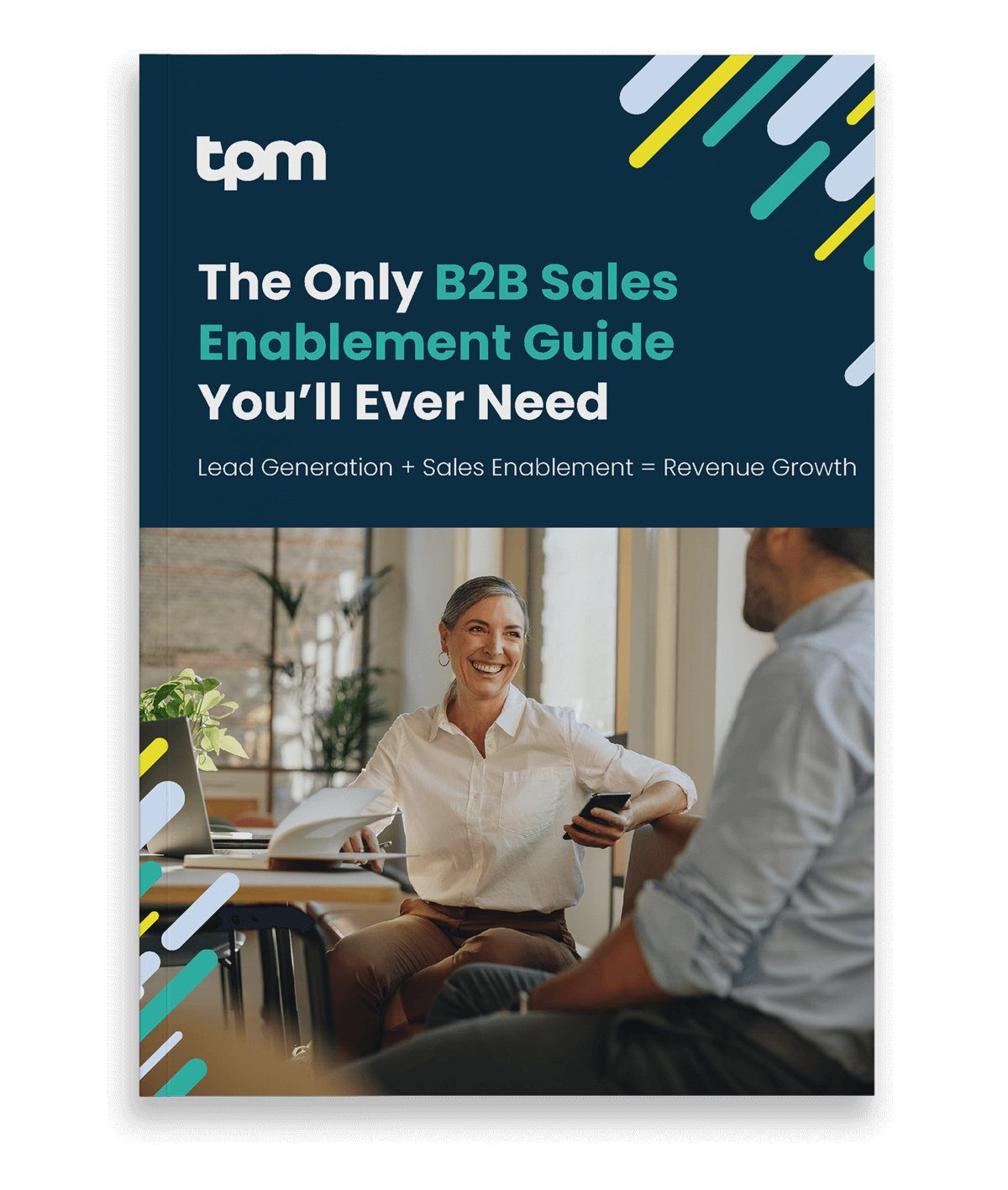
Download TPM’s Complete Guide to B2B Sales Enablement
B2B Sales Enablement Contents
What is Sales Enablement?
First things first: what the heck are we even talking about when we say sales enablement?
Why is Sales Enablement Important?
Remember the days when buyers moved neatly down the sale funnel, identifying themselves early as prospects so that sales teams could make contact and answer all their questions? (Yeah, me neither. But it happened, apparently.)
By the time today’s sales reps engage with prospects, those potential customers know a lot more about the company than reps do about them. They’re already armed with the knowledge and questions to expose every flaw in your solution. The old sales tactics and marketing materials won’t cut it. Sales enablement is about arming your team with new tools. The challenge is multiplied in the B2B space, where decisions are made by teams of people, each of whom has their own goals, objections, and challenges to address.
Recommended resource
What Is Sales Enablement?
(And How to Make It Work)
Recommended resource
How to Build a Sales Enablement Framework
Building a Sales Enablement Framework
Recognizing the value of sales enablement is an important first step. But once you do, where do you start? Your sales enablement strategies will evolve as your goals change, but these three things should always be top of mind as you build and iterate your system.
People
Teams and third-party agencies required to support the strategy
Processes
The shared systems that align sales and marketing teams, create accountability, and set goals to measure the success of the strategy
Technology
The tools that support sales enablement processes, automate manual tasks, and free up time to spend on high-value sales enablement activities
The form your framework takes will depend on your organization’s sales enablement maturity level — teams where enablement tasks are largely a side quest for marketing will not be jumping into the same strategies as companies with a dedicated sales enablement team.
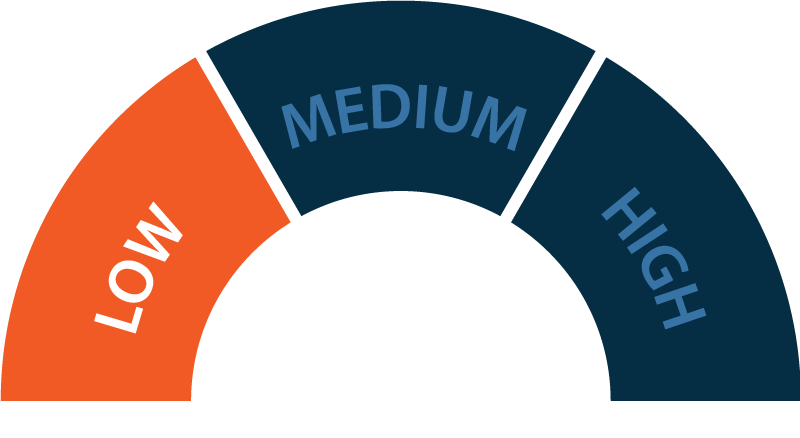
Marketing supports sales teams with some content, but no shared sales enablement processes, technologies, or goals exist.
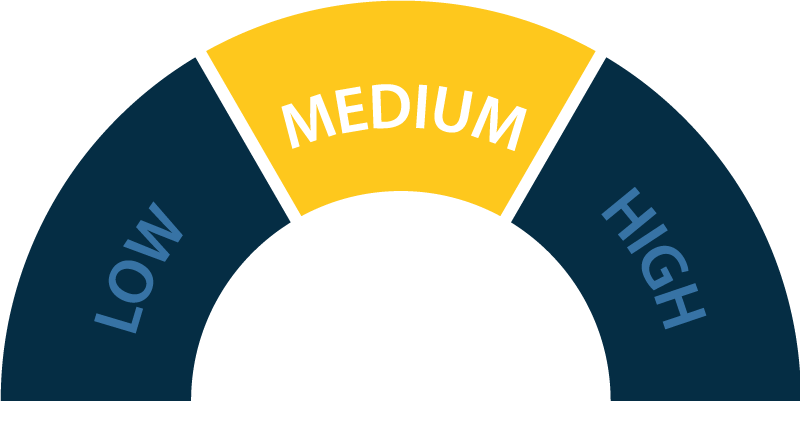
Marketing and sales teams have an official lead generation program and some shared sales enablement processes, technologies, and goals.
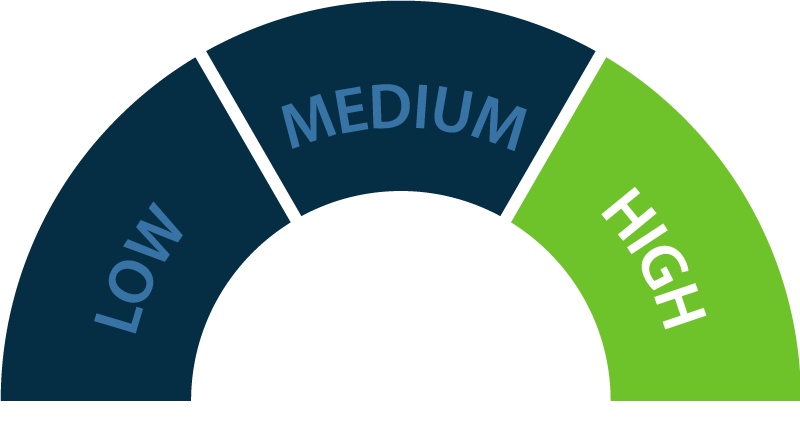
Sales enablement is a distinct function that sits alongside marketing, sales, and customer success and is supported by human resources. Sales enablement processes, technologies, and goals are clearly defined and ingrained in the culture.
Once you’ve identified where you stand on the maturity scale, you can begin building your framework (with people, processes, and technology in mind) around these five key pillars:
- Collaboration across all customer-facing teams
- Strategies to ensure all teams deliver consistent support and service
- Automation to create repeatable processes
- Development of key sales skills
- Creation of content and tools that add value to every customer interaction
Identifying Your Most Likely Customers
Understanding which prospects are most likely to buy — and keep buying — from you is a pretty vital part of sales enablement. Trying to be everything to everyone, regardless of whether your solution meets their needs, is a recipe for failure and frustration. Identifying your Ideal Customer Profile (or ICP) can help you refine your offering so that it offers maximum value to your target audience.
How to Build an ICP
Start gathering data on your best customers. Dig into your CRM, ERP, win/loss analyses, and marketing interviews to start building a picture of your ideal customers.
Who are your best customers?
They could be the ones who buy the most, have stayed the longest, have recommended you the most, or some other factor.
What do they have in common?
Look at demographics like company size, maturity level, revenue, budget, geographic location, industry, etc.
How did they find you?
Did they hear about you from another satisfied customer? On social media? Did they find you through a Google search?
What are their biggest pain points or challenges?
What prompted them to seek you out?
What are their goals?
What do they hope to achieve by working with you or leveraging your solution?
Pro Tip: ICPs and buyer personas are not interchangeable. There is a lot of overlap in creating them, but understanding the differences is critical to your sales enablement strategy.
Recommended resource
Good Marketing Isn’t A Buffet
Recommended resource
How to Align Sales And Marketing
(and Why You Need To)
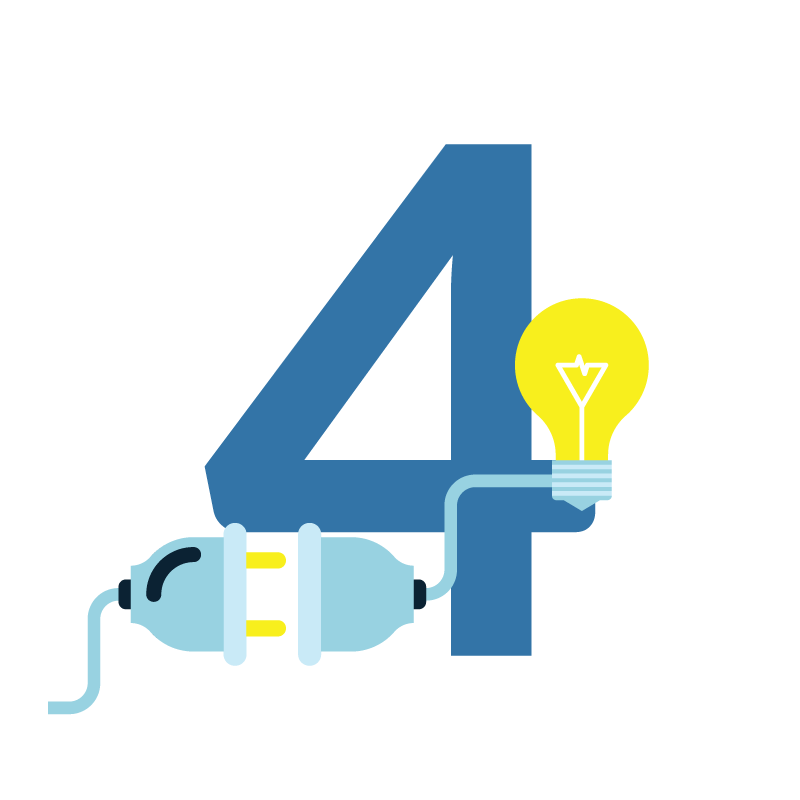
Aligning Your Sales and Marketing Teams
Did You Know? Organizations that prioritize sales and marketing alignment are almost 300% more likely to exceed customer acquisition goals.
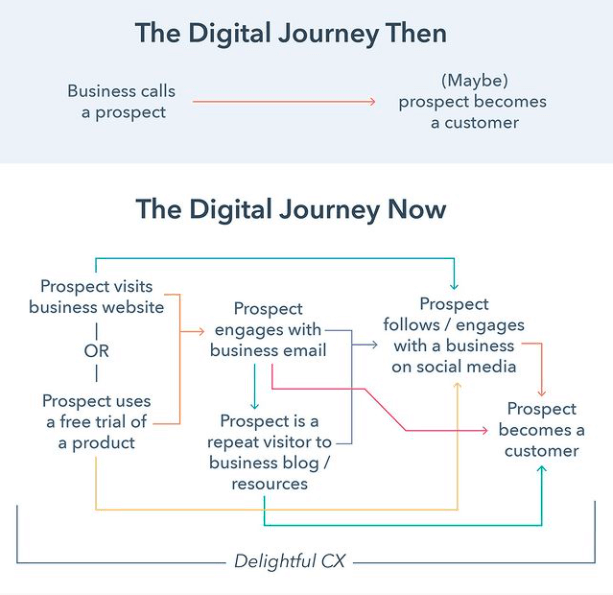
The old way of doing things — where marketing owned the top of the funnel and passed leads to sales as they reached the bottom — just won’t cut it in today’s increasingly complex customer journey.
Image source: HubSpot
Avoid clunky handoffs and overlapping communication that can cost you a sale by regularly checking that your sales and marketing teams are on the same page.
1. Agree on unified goals.
Marketers tend to focus on the long term, while sales looks at short-term goals. Make sure your metrics for success match up.
2. Standardize lead qualification.
Disagreement about what constitutes an SQL can derail all your sales enablement investments.
3. Connect with shared technology.
Use tools that give both sales and marketing a complete picture of buyers’ journeys so vital details are never missed.
4. Empower your team.
Give marketers access to sales team insights so they can refine content and ensure sales reps are adequately trained on how to use marketing assets.
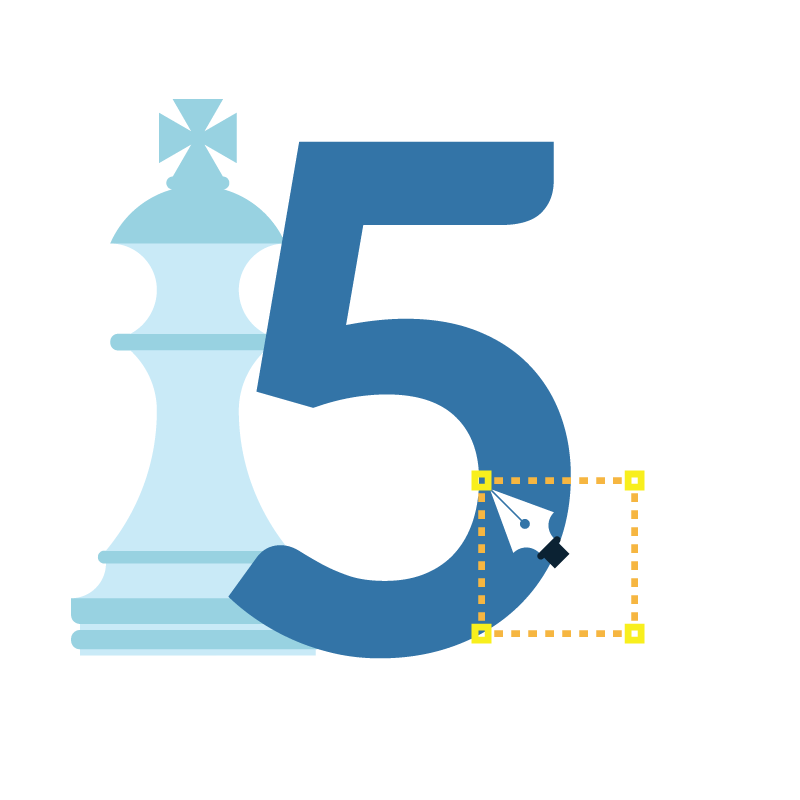
Optimize with the Right Methodology
Sales methodologies and sales enablement are not the same thing — having one doesn’t negate your need for the other. Rather, they are two valuable tools in your sales team’s arsenal. Sales enablement works in tandem with your sales methodology — regardless of which one you choose. (There are literally dozens of proven sales processes, each with its own qualities and priorities.)
In case your organization hasn’t already embraced an established methodology, we’ve put together a list of the ones our clients have found the most success with — and documented some of the ways sales enablement can enhance them.
Recommended resource
The Best B2B Sales Methodologies for 2025 (and How to Optimize Performance)
Recommended resource
Lead-Generation Problems You Need to Address
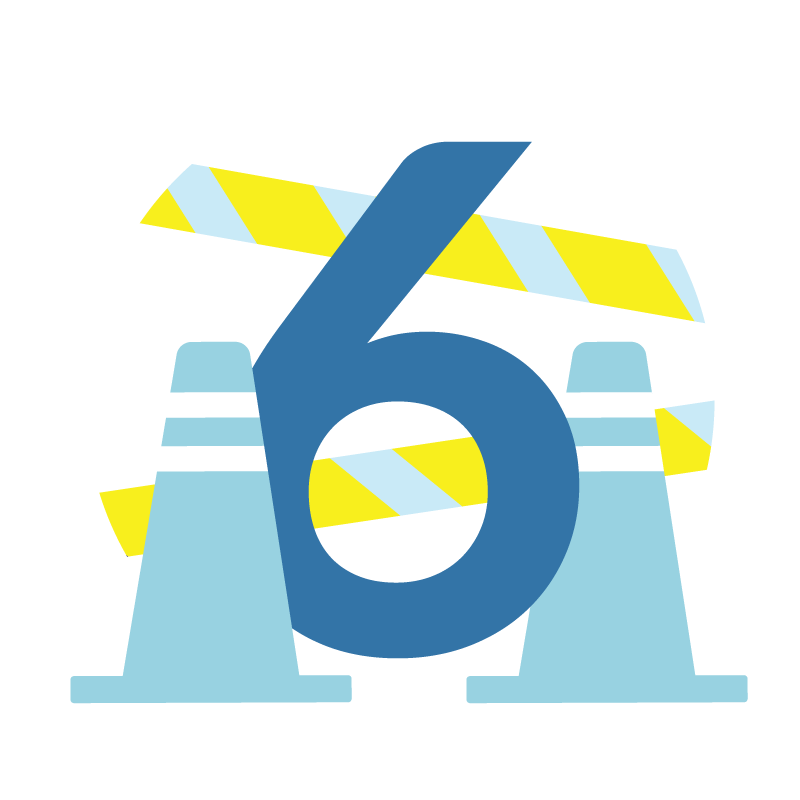
When Sales Enablement isn’t Working
It can be infuriating when a system you’ve put a ton of work into — like lead generation or sales enablement — doesn’t produce the results you were expecting. If leads are flowing but not converting, chances are there’s something amiss with your sale enablement strategy. Here are a few of the most common issues that affect sales enablement (and how to solve them).
Your content lacks value.
Low content engagement metrics can be a sign that something is missing in your content. Review your library and make sure it answers prospects’ key questions and concerns. If it doesn’t, get input from the sales team about what leads are really worried about.
Your engagement isn’t engaging.
If sales teams are struggling to make a connection with prospects or find the answers to their questions quickly, conversions will suffer. Offer regular training for sales representatives on the value of your offering and how to use your marketing and sales assets.
Your automation is failing you.
Investing in automation tools is great and all, but technology won’t drive conversions unless you’re using it right. Your sales enablement strategy should come first — then, you can begin experimenting with solutions to help streamline your sales process.
Your alignment is slipping.
We talked about the importance of sales and marketing alignment in the last section, but it’s worth repeating. Clumsy handoffs or disagreements over lead quality mean you need to revisit how each team is defining leads and measuring success.
Creating Content That Converts
Content plays a critical role in your sales enablement strategy. From training materials and templates for your sales team to resources that help answer buyers’ questions and assuage their concerns throughout the sales process, building a library of effective sales enablement materials can mean the difference between a mountain of successful conversions or a pile of dropped leads.
Sales enablement content vs. marketing content: what’s the difference?
There’s a lot of overlap here, and the differences can be hard to define. But understanding the role of different types of content is essential.
Marketing
- Creates and manages buyer-facing content (ebooks, blog posts, product marketing materials, etc.)
- Sets and maintains consistent brand and messaging standards across all content
- Ensures salespeople have the content and templates they need to effectively engage with customers
Sales Enablement
- Creates sales-facing content (sales playbooks, competitive battlecards, email templates, call scripts, etc.)
- Manages marketing-created content for salespeople to share with buyers
- Ensures salespeople have the guidance and training they need to effectively use marketing assets to engage with customers
It’s also vital to map your content to the buyer journey, develop a system to store and manage it, and update your content regularly to keep it relevant.
Recommended resource
What is Sales Enablement Content? (with Examples)
Recommended resource
How to Close More Deals With AI in Sales Enablement
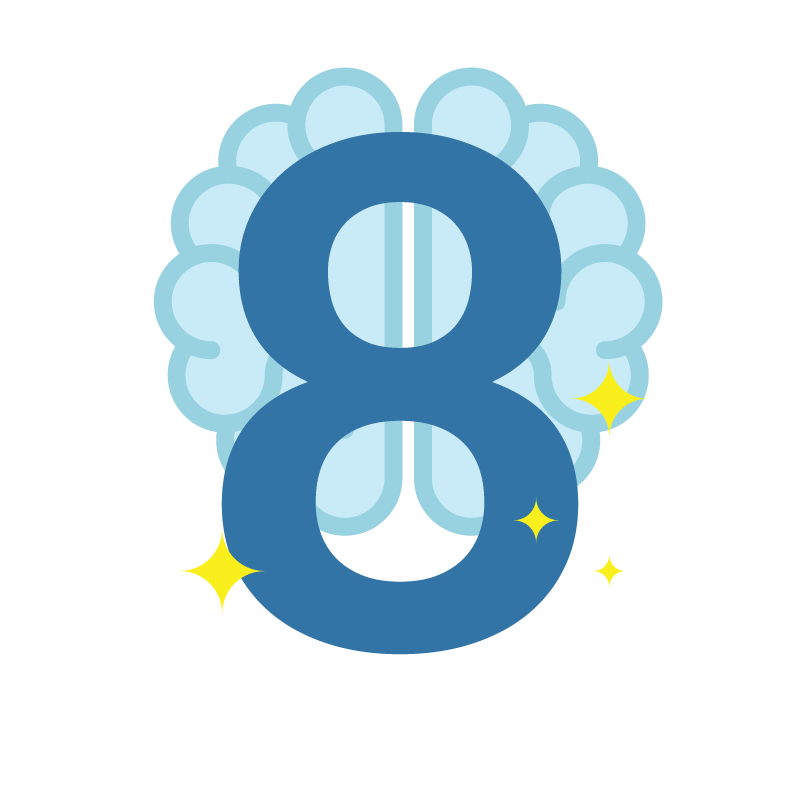
AI and Sales Enablement
There was a time when we were promised AI would solve all our sales and marketing problems — let’s chalk that up to wishful thinking. But AI sales enablement tools can make your life a lot easier — and there’s a good chance your competitors are already using it. If you’re still holding out on AI (you’re definitely in the minority), it’s time to stop making excuses and get on board!
Here are just a few ways to incorporate AI into your sales enablement strategy:
Generate lookalike leads
AI tools can effectively build ICPs and buyer personas for your sales team.
Prioritize prospects
Machine learning can analyse sales data to predict which leads are most likely to convert.
Be more responsive
Chatbots and virtual assistants can provide information and collect data on prospects around the clock.
Identify best-fit leads
Use AI to build smart lead-scoring systems that hone in on best-fit leads to boost conversions.
Turn info into assets
Too much data can be as bad as not enough — but analytics tools can detect trends and patterns to improve forecasting.
Amp up ABM
Refine your vision of the ideal customer with AI tools that let you target specific accounts with personalized content.
Of course, the team behind TPM’s AI Tech Stack is always assist to help if you need help with AI in sales enablement.
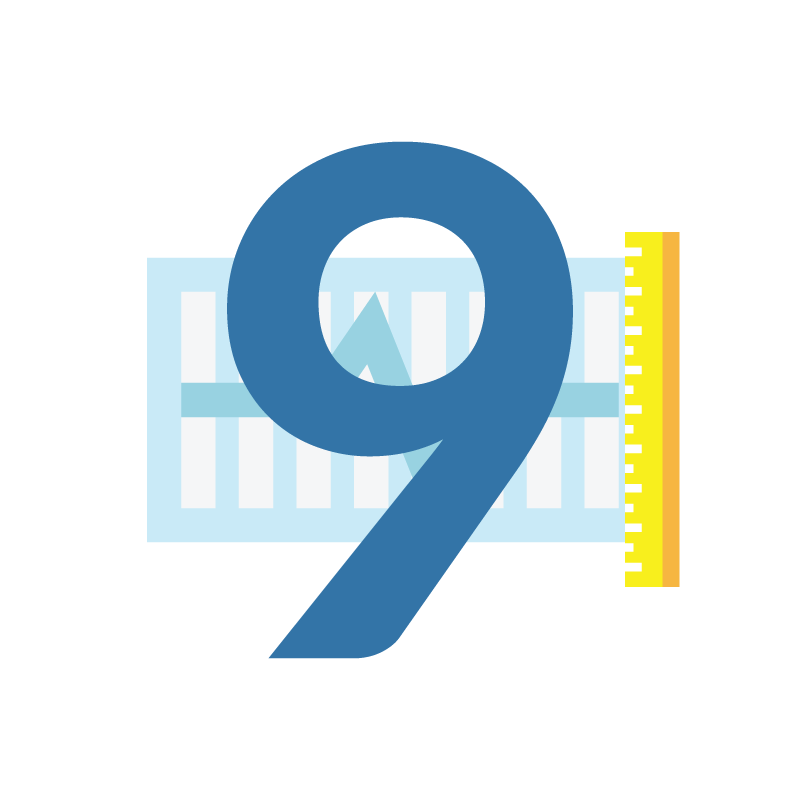
What to Measure (and How)
There is nothing more frustrating than investing time, money, and effort into building what seems like the perfect lead-generation system, only to watch your prospect pipeline slow to a trickle. That’s why every sales enablement strategy must include metrics that you can use to measure success — and identify issues.
Content
- Which assets are used most, and how often?
- How many top-performing sales reps regularly download content?
- Where do visitors go after arriving on your website?
Sales Proficiency
- Does your team lack leads or fail to close with the leads they get?
- What percentage of your sales reps regularly meet or exceed their quotas?
Account-Based Marketing
- What is your baseline sales cycle length?
- How quickly do leads move from MQL to the bottom of the funnel?
Social Selling
- What level of engagement does your social content receive?
- Is your network growing?
- Are you getting referrals from existing customers?
There is no one-size-fits-all approach to measuring sales enablement success. What looks like success for one organization may be out of reach — or underwhelming — for another. Be specific about what information you want and how you’ll use it when setting sales enablement metrics and KPIs.
Recommended resource
Sales Enablement Metrics You Should Monitor When Leads Aren’t Converting
Recommended resource
5 Ways You Need to Sell After Closing
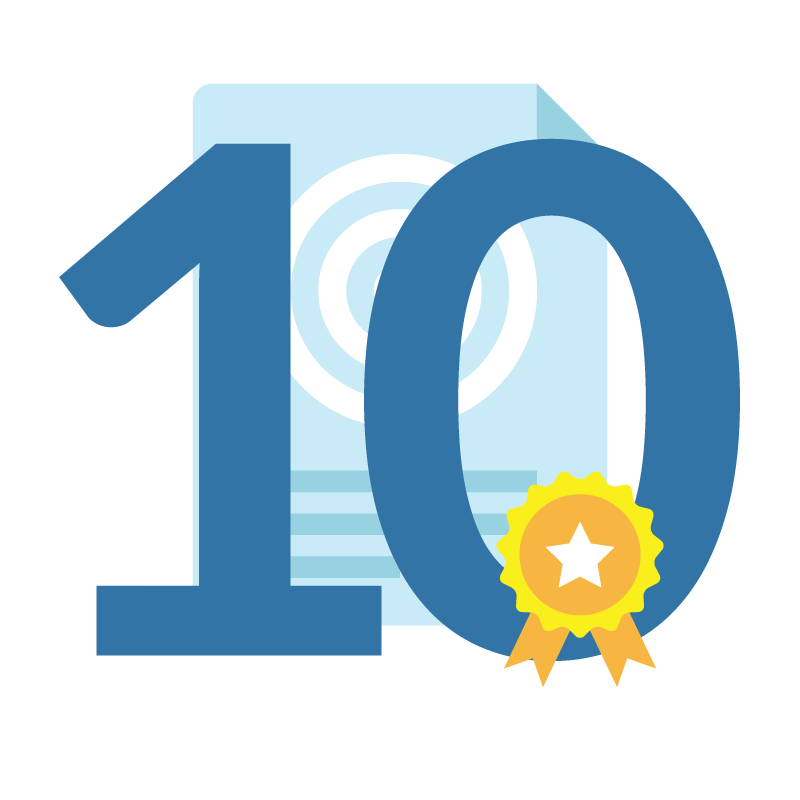
Closing Doesn’t Mean Selling Stops
Closing a deal is merely a milestone in the modern customer journey. What comes next? Converting your customers to champions and cheerleaders.
What is Customer Enablement?
Customer enablement ensures your buyers have everything they need to feel good about their purchase decision — enabled customers are happy and loyal. More importantly, customer enablement helps you make them invaluable advocates for your brand.
of frontline sales enablement organizations will add more customer-facing roles to improve the customer journey beyond the initial sale by 2025.
How can you ensure your customers are feeling good about working with you?
- Encourage (and actively seek out) customer feedback
- Create educational content that helps buyers maximize the value of your offering
- Start (or expand) a team dedicated to supporting customer success
- Facilitate self-service so buyers can access support or resources on their own terms
- Remind customers of the value you’ve provided

What’s Next?
The strategy you build using our B2B sales enablement framework can play a vital role in your organization’s success. But once you’ve got that framework in hand, what steps do you take next, armed with all the information in this guide?
Here are a few suggestions:
Work toward (or improve) team alignment.
Start a regular meeting with sales and marketing leads with the sole purpose of opening the lines of communication.
Conduct an inventory of your sales enablement content.
Do you have content for every stage of the buyer journey? How well is it performing? Do your sales representatives know where to find (and how to use) your content?
Adopt a sales enablement tool.
If your teams are aligned and have mastered key sales enablement processes, you can start using tools to automate and streamline your sales enablement systems.
Consider assigning ownership of sales enablement activities.
A third-party agency or another stakeholder that sits between marketing, sales, human resources, and customer success can act as a neutral, impartial party to oversee your strategy. The experts at TPM are always here to help.
Remember, sales enablement isn’t something you can set and forget. It’s a discipline that will need continual adjustment as your products change, your market evolves, and your business grows.
The digital, product, and sales enablement experts at TPM are here to help B2B and AI companies just like yours survive and thrive, even when times are tough. Let us help you generate leads, drive revenue, and set your brand up for success.

